A blockbuster election is on the way. Group M, a media investment adviser, recently estimated that the 2020 election would generate $10 billion in political advertising, up 59% since 2016, when the number was a mere $6.3 billion — and far outpacing 2002, when the total was $2.1 billion.
It’s a quirky business, though. Kantar, an ad analysis group, predicts that 43% of all that political advertising in 2020 will be seen in battlefield states.
On a historical note, a learned source has pinpointed the dawn of negative political advertising — and it is a lot earlier than we thought.
“The origins of negative campaigning probably concur with the emergence of political competition and electoral campaigns. Sources go back to 64 BC, when Quintus Tullius Cicero, probably among the first spin-doctors in the world, drafted a letter of advice to his brother, Marcus Tullius Cicero, then running for the consulate. He insisted on including ‘negative campaigning’ in the campaign, to remind the people ‘of what scoundrels your opponents are and to smear these men at every opportunity with the crimes, sexual scandals, and corruption they have brought on themselves,'” notes a new analysis from French Politics, an academic journal which also citing the 1800 presidential race between John Adams and Thomas Jefferson as an example of an aggressive historical campaign.
But let’s get back to that $10 billion — which also looks like this: $10,000,000,000. It is a lot to spend on political advertising. Inquiring minds want to know if the expense is worth it for those doling out the money.
It could be for some, says Dan Granger, CEO of Oxford Road, a Los Angeles-based ad agency that also analyzes the effectiveness of advertising spending for the Super Bowl.
The real $10 billion question is this: Are political ads a waste of time and money?
“Only for the candidates who have no chance. Otherwise, it’s the most important investment the candidates can make. What other platform do they have to reach their constituents with 100% control of their message?” Mr. Granger tells Inside the Beltway.
GETTING JITTERY
President Trump’s campaign continues to raise a record-breaking amounts of money; the grand total of incoming funds has now hit $141 million. Rivals are jittery.
“I just heard some disturbing news: The Republican National Committee raised $23.5 million for Trump and his Republican enablers last month. Let me put those fundraising numbers into context. The RNC now has as much cash on hand as it did in September 2016 — right before Trump got elected. Republicans are funneling money from their huge (and rapidly growing) war chest into critical battleground states,” notes Democratic National Committee chairman Tom Perez in a new outreach to his flock.
“We cannot afford to fall behind this early in the race. The stakes are too high and the consequences too grave for four more years of the Trump administration,” he continues. “I’ve told you before that we don’t have to match Donald Trump and his enablers’ fundraising hauls dollar for dollar — but there may come a point that the RNC’s money machine becomes too powerful for Democrats to stand a chance. We can’t risk that happening,” Mr. Perez concludes.
THE GREAT DIVIDE
Gallup finds that President Trump has a 43% approval rating, which is not too shabby. The partisan divide on this finding, however, is unprecedented. The pollster reveals that 91% of Republicans and 5% of Democrats approve of the president.
“The 86-point gap in Republican and Democratic ratings of the president ties the highest Gallup has measured in a single survey,” reports analyst Jeffrey M. Jones.
It’s worth noting that President Obama also generated an astonishing partisan gap in 2012, when 6% of Republicans and 92% of Democrats approved of him.
” George W. Bush is the only other president who has had a gap of 80 or more percentage points in approval rating by party. Most of those measurements came during the fall of 2004, as he was seeking reelection, with a high of 83 points in Sept. 13-15 (95% Republican, 12% Democrat) and Oct. 1-3 (94% Republican, 11% Democrat) polls,” writes Mr. Jones.
“Prior to Bush, only Ronald Reagan had registered a party gap in approval rating of at least 70 percentage points in any single poll, doing so in two separate polls during the fall of his reelection year of 1984,” he continues.
But buckle up.
“The historical pattern of greater party polarization in job approval during incumbent presidential election years suggests there could be new standards set next year when Trump tries to win a second term,” Mr. Jones advises.
A NOTABLE ARRIVAL
Republic Book Publishers is about to arrive to the media marketplace, to be launched next week at a swell gathering in the nation’s capital. The event is hosted by Al Regnery, the point man behind Regnery Books — home to such authors as Laura Ingraham, Michelle Malkin, former House Speaker Newt Gingrich and Mark Levin. The co-host is Eric Kampmann, also a titan of the publishing world.
Republic Books has a clear mission statement that explains all:
“With the advent of national conservatism, a new debate has arisen, a debate that needs to be defined by new conservative writers and thinkers in books — books that will help establish the direction of the movement and assist its efforts to have a lasting impact,” the pair say. “The books Republic publishes will be right-of-center titles, written by experienced writers as well as emerging writers well versed in the subject matter of their writing.”
POLL DU JOUR
• 22% of U.S. adults are unsure what nation is America’s “greatest foe”; 11% of Republicans, 30% of independents and 19% of Democrats agree.
• 22% overall think Russia is the greatest foe; 11% of Republicans, 17% of independents and 36% of Democrats agree.
• 17% overall cite China; 27% of Republicans, 17% of independents and 8% of Democrats agree.
• 16% overall cite the Taliban; 21% of Republicans, 14% of independents and 15% of Democrats agree.
• 12% overall cite Iran; 19% of Republicans, 12% of independents and 6% of Democrats agree.
• 11% overall cite North Korea; 10% of Republicans, 9% of independents and 16% of Democrats agree.
Source: An Economist/YouGov poll of 1,500 U.S. adults conducted Sept. 14-17.
• Helpful information to [email protected]
© Copyright (c) 2019 News World Communications, Inc.
—-
This content is published through a licensing agreement with Acquire Media using its NewsEdge technology.




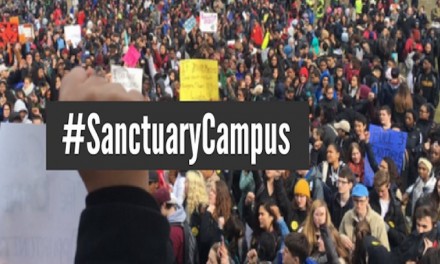

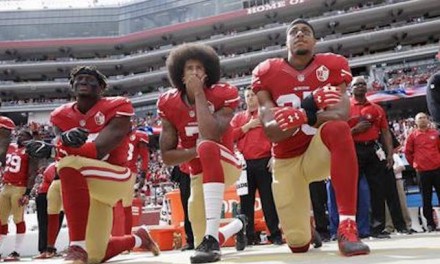
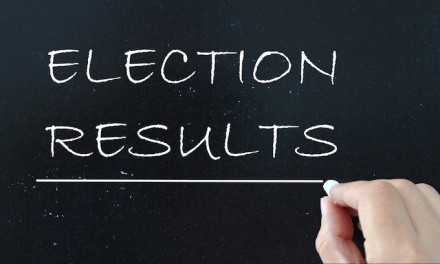






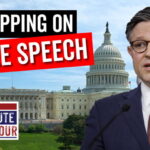

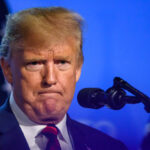

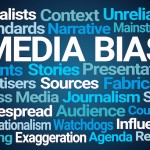
Recent Comments